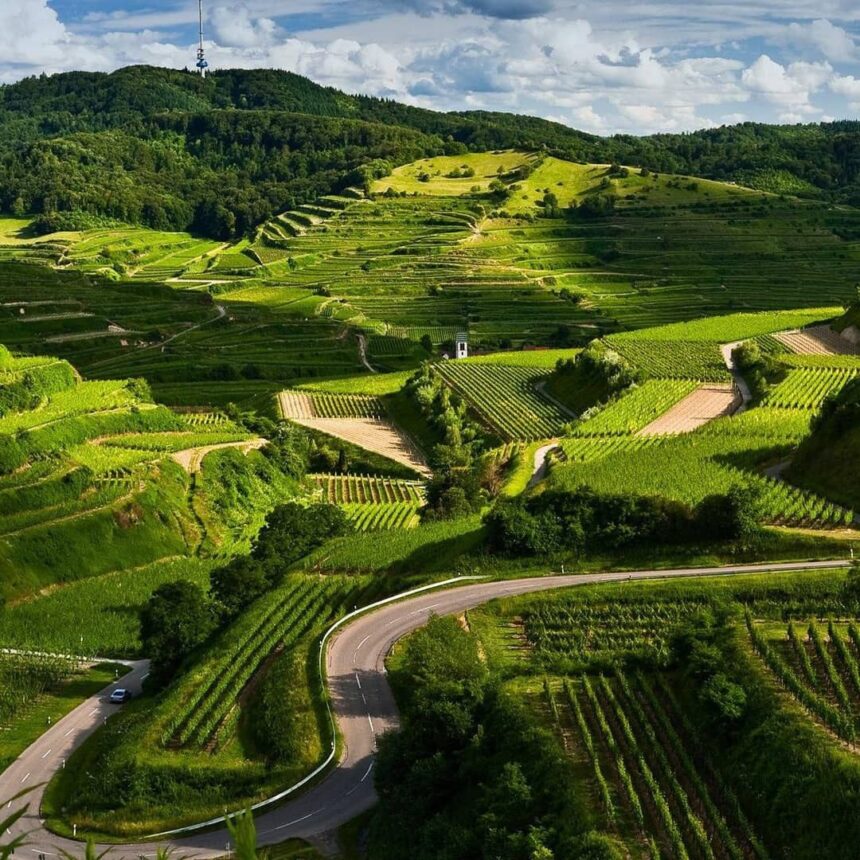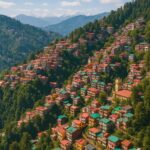Stunning Facts About Coorg That Will Amaze Every Traveler
Coorg, also known as Kodagu, is a lush hill station nestled in the Western Ghats of Karnataka. Often referred to as the “Scotland of India,” Coorg is renowned for its misty hills, coffee plantations, rich culture, and captivating natural beauty. Whether you are a traveler, nature enthusiast, student, or culture lover, Coorg offers an unforgettable experience with its unique blend of history, traditions, and scenic landscapes.
This guide dives deep into Coorg’s history, key facts, timeline, significance, daily life impacts, FAQs, cultural observances, societal contributions, and inspirational insights, all presented in an engaging, human-friendly tone.
History of Coorg
Coorg’s history is rich and multifaceted:
Ancient Era: Coorg has been inhabited since ancient times. The region was ruled by local chieftains and is referenced in several inscriptions and local chronicles.
Royal Dynasties: The Haleri dynasty (17th–19th century) played a significant role in shaping Coorg’s culture and architecture. The royal family established temples, forts, and administrative structures.
British Colonial Period: Coorg became a part of British India in the 19th century. The British introduced administrative reforms and encouraged coffee plantation development.
Modern Era: After India’s independence, Coorg was integrated into the state of Karnataka. Its tourism and agriculture sectors flourished, making it a prime hill station and coffee-growing region.
Key Facts About Coorg
Coffee Capital of India: Coorg produces some of India’s finest coffee and is famous for coffee plantation tours.
Abundant Waterfalls: Abbey Falls, Iruppu Falls, and Mallalli Falls are iconic natural attractions.
Rivers and Wildlife: The Cauvery River originates in Coorg, and the region hosts wildlife sanctuaries like Nagarhole and Pushpagiri.
Scenic Viewpoints: Tadiandamol, Brahmagiri, and Raja’s Seat offer panoramic views of lush hills and valleys.
Cultural Richness: Coorgi customs, cuisine, attire, and festivals reflect a unique heritage.
Adventure Activities: Trekking, camping, white-water rafting, and nature trails are popular among tourists.
Sacred Temples: Madikeri Fort, Omkareshwara Temple, and Talakaveri are important religious sites.
Distinct Cuisine: Coorgi cuisine features Pandi Curry (pork curry), Kadambuttu (rice balls), and local spices.
Festivals: Festivals like Kailpodh and Puttari celebrate local traditions and harvests.
Educational Centers: Coorg has prominent schools and institutions promoting regional education.
Eco-Tourism: Homestays, plantations, and nature walks encourage sustainable tourism.
Misty Climate: Coorg’s cool, mist-laden weather makes it a year-round destination for relaxation and rejuvenation.
Timeline of Coorg
Ancient Era: Settlement by early tribes; establishment of sacred sites.
Haleri Dynasty (17th–19th Century): Flourishing of Coorg culture, temples, and royal governance.
British Era (19th Century): Coffee cultivation introduced; Coorg integrated into British administration.
Post-Independence (1956 Onwards): Coorg merged with Karnataka; tourism and eco-tourism gained momentum.
21st Century: Development of infrastructure, sustainable tourism, and preservation of heritage and environment.
Significance of Coorg
Tourism: A major economic driver, attracting both domestic and international visitors.
Agriculture: Coffee plantations, spices, and rice cultivation provide employment and contribute to India’s economy.
Cultural Heritage: Traditional music, dance, festivals, and attire preserve Coorg’s identity.
Environmental Importance: Rivers, wildlife sanctuaries, and forests maintain ecological balance.
Educational Value: Local schools and institutions educate future generations while promoting regional knowledge.
Daily Life Impacts
Employment: Tourism, hospitality, agriculture, and handicraft sectors provide livelihoods.
Community Engagement: Participation in festivals, homestays, and eco-tourism strengthens social bonds.
Urban Development: Roads, healthcare, educational institutions, and markets improve living standards.
Sustainable Practices: Residents adopt eco-friendly practices in farming, tourism, and daily life.
Cultural Awareness: Preservation of traditions and heritage encourages community pride.
Observance and Important Points
Respect Nature: Avoid littering; follow trekking and wildlife sanctuary guidelines.
Cultural Etiquette: Dress appropriately in temples and traditional areas.
Support Local Economy: Buy coffee, spices, honey, and handmade crafts from local vendors.
Eco-Friendly Tourism: Minimize plastic use, conserve water, and respect natural habitats.
Festival Participation: Engage in local festivals like Puttari (harvest festival) and Kailpodh (weapons festival) to experience Coorgi traditions.
FAQs About Coorg
Q1: When is the best time to visit Coorg?
A: October to March is ideal for sightseeing, trekking, and coffee plantation visits.
Q2: How do I reach Coorg?
A: Coorg is accessible via road from Bangalore (250 km), Mysore (120 km), and Mangalore (160 km). The nearest railway station is in Mysore.
Q3: What are the must-visit attractions?
A: Abbey Falls, Raja’s Seat, Talakaveri, Madikeri Fort, Dubare Elephant Camp, and coffee plantations.
Q4: Is Coorg family-friendly?
A: Yes, with nature trails, homestays, waterfalls, and wildlife experiences suitable for all ages.
Q5: How many days are recommended for exploring Coorg?
A: A 3–5 day trip allows a balance of nature, adventure, cultural, and culinary experiences.
Social and Cultural Significance
Heritage Conservation: Temples, forts, and traditional homes are preserved for cultural continuity.
Community Participation: Locals engage tourists in traditions, festivals, and eco-tourism activities.
Environmental Awareness: Forest and river conservation efforts educate both residents and visitors.
Cultural Exchange: Visitors experience local traditions while locals gain exposure to global tourism.
Educational Outreach: Workshops on agriculture, ecology, and heritage benefit students and enthusiasts.
Wishing and Inspirational Perspective
Coorg inspires through its natural beauty, culture, and serenity:
Peace and Tranquility: Misty hills, coffee plantations, and flowing rivers promote relaxation and mindfulness.
Creativity and Adventure: Landscapes, waterfalls, and wildlife encourage photography, painting, and trekking.
Culinary Delight: Traditional Coorgi cuisine offers both taste and cultural learning.
Community Spirit: Festivals and homestays encourage interactions and meaningful connections.
Environmental Responsibility: Eco-tourism fosters respect for nature and sustainable practices.
Conclusion: Importance in Daily Life and Society
Coorg is not just a picturesque hill station; it is a symbol of nature, culture, agriculture, and heritage. Its impact on daily life includes employment, educational growth, cultural preservation, and environmental consciousness. Socially, it strengthens community engagement, fosters intercultural understanding, and encourages eco-friendly living.
The 12 stunning facts about Coorg reveal why this hill station continues to captivate travelers and nature enthusiasts. From rolling coffee plantations and majestic waterfalls to cultural festivals and misty hills, Coorg represents the harmonious integration of human life, tradition, and natural beauty. By respecting local heritage and practicing sustainable tourism, visitors contribute positively to Coorg’s society, culture, and environment.








